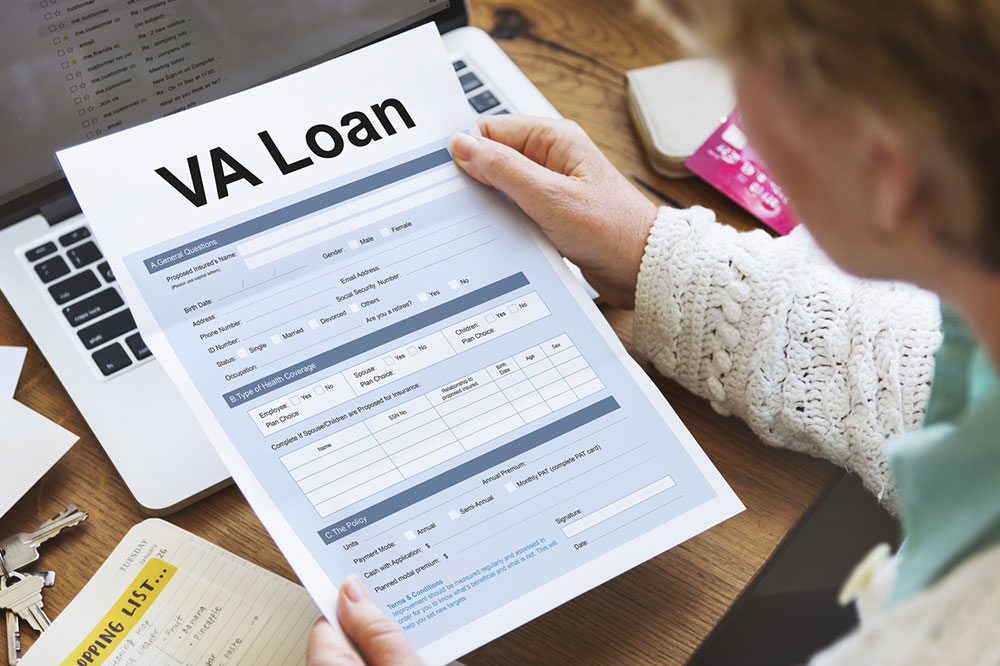Comprehensive Guide to Applying for VA Disability Compensation
This comprehensive guide provides veterans with vital information on how to apply for VA disability benefits. It covers eligibility criteria, qualifying conditions, compensation rates, and step-by-step procedures to ensure veterans can navigate the application process effectively. By understanding these essentials, veterans can maximize their chances of receiving rightful benefits to support their health and well-being.

In-Depth Information on Securing VA Disability Benefits
The Department of Veterans Affairs (VA) offers a wide array of benefits to honorably discharged military veterans, among which disability compensation is one of the most vital support programs. This benefit is designed to provide financial assistance to veterans suffering from injuries, illnesses, or mental health conditions that are directly related to or worsened by their military service. The aim is to honor their sacrifices by ensuring they receive the care and support necessary to improve their quality of life. Understanding the eligibility requirements, the application process, and the compensation rates is essential for veterans seeking to access these benefits effectively.
Understanding VA Disability Compensation: Qualifying Conditions and Eligibility Criteria
The first step in obtaining VA disability compensation involves understanding which health conditions qualify and what eligibility criteria need to be satisfied. Eligibility hinges on several key factors including the veteran’s service record and medical diagnoses.
The core requirements for eligibility are outlined as follows:
Current Diagnosis of a Service-Related Condition: The veteran must have an active diagnosed injury or illness that affects their physical or mental health, confirmed by licensed healthcare providers.
Service Verification: The veteran must have served on active duty, or during training periods like active duty training or inactive duty training.
Beyond these primary conditions, additional criteria include:
The disability was directly caused by military service, known as an in-service disability claim.
If the condition pre-existed service, it must have worsened during active duty or training.
Disabilities that develop after service are recognized, provided there is a clear connection to military activities or exposures.
Furthermore, some illnesses are automatically presumed to be linked to military service under certain circumstances, simplifying the claims process. For example, chronic health issues manifesting over a year post-discharge, illnesses contracted as a POW, or those caused by exposure to toxic chemicals or environmental hazards are presumed to be connected to military service. This presumption reduces the burden of proof required from the veteran and facilitates smoother processing of claims.
Detailed Overview of VA Disability Compensation Rates
The compensation amounts provided by the VA are updated annually, reflecting changes in government policies and economic factors. The rates are based on the veteran’s disability rating, which ranges from 0% to 100%. Here's a detailed breakdown of current approximate monthly compensation rates:
10% rating: around $171/month
20% rating: approximately $338/month
30% to 60% ratings: range from roughly $524 to $1,687/month
Veterans with dependents or spouses: additional payments from $31 to $191 per month, depending on the specific rating and family composition
70% to 100% ratings: monthly payments can go from around $1,716 to over $4,070, with additional allowances for qualified dependents
These figures are approximate and can vary based on individual circumstances, such as additional dependents, special circumstances, and changes in policy.
Step-by-Step Process to Apply for VA Disability Benefits
Applying for VA disability compensation involves a thorough and organized approach. Veterans need to ensure they meet all eligibility criteria and gather essential documentation to support their claims. Effective preparation can significantly expedite the process and improve the chances of approval.
Key documents required for a successful claim include:
VA Medical Records and Hospital Reports: These documents serve as primary evidence of injuries or illnesses sustained during military service.
Supporting Statements: Written statements from family members, friends, or military peers that describe how the veteran’s condition developed or worsened over time.
Private Medical Records: Additional evidence from civilian healthcare providers that corroborate the veteran’s health issues.
Once all necessary documentation is collected, veterans can submit their claims through multiple channels: mailing paper applications, visiting VA regional offices in person, or submitting online via the official VA benefits website. For easier navigation, many veterans opt to work with accredited representatives who are experienced in VA claims. The VA typically takes approximately 160 days to review and validate claims, but this timeframe can vary depending on the complexity of the case and the completeness of the submitted documentation.




